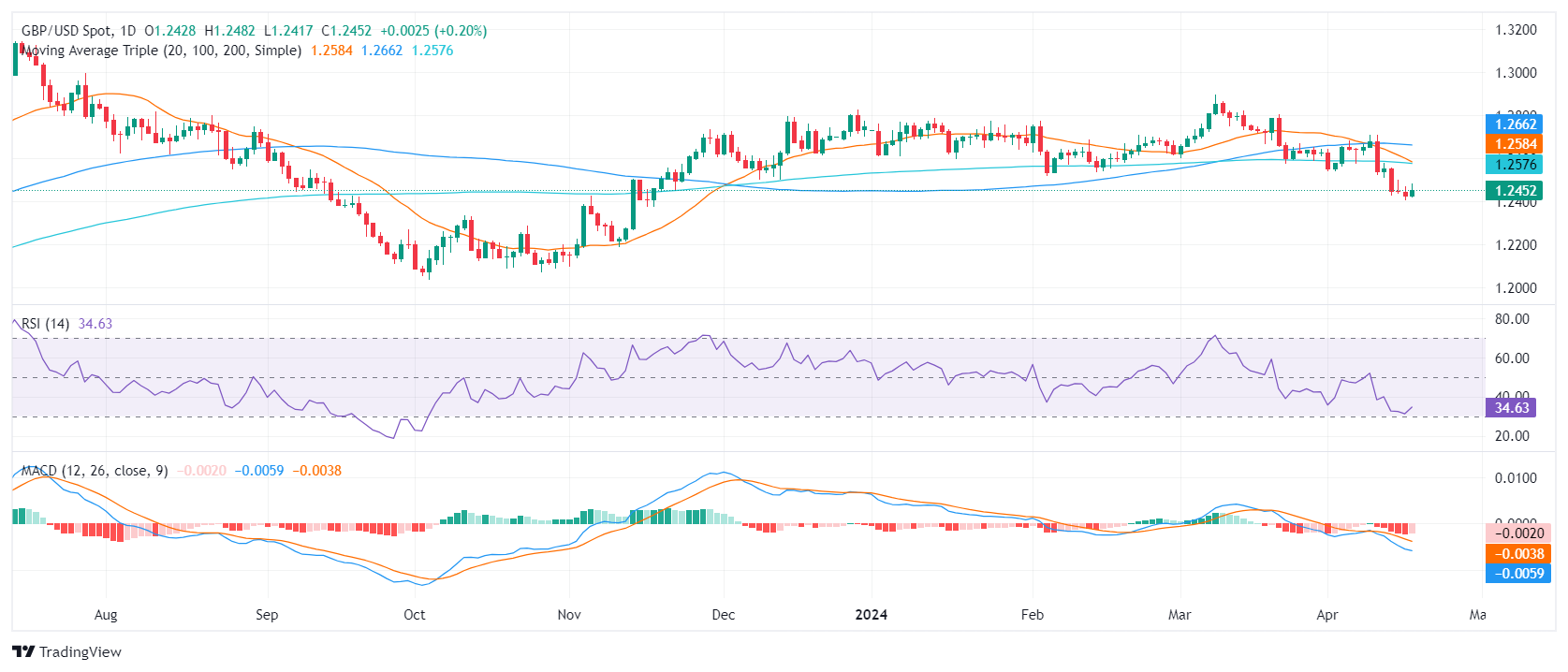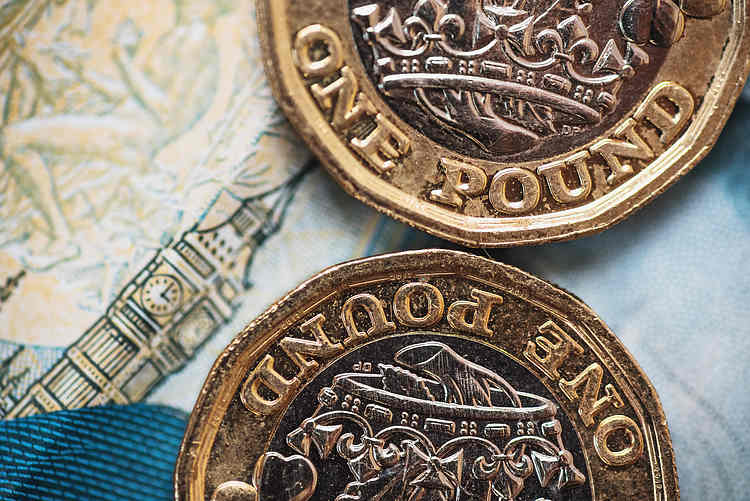The GBP/USD pair is experiencing a slight uptick in trading, currently standing at 1.2448 with daily gains. This comes as the rally of the USD has paused due to declining US Treasury yields. However, the overall outlook for the Greenback remains positive, buoyed by the strength of the US economy and expectations of a more aggressive stance from the Federal Reserve.
The UK’s Consumer Price Index (CPI) for March showed a modest increase, indicating persistent inflationary pressures. Consequently, market expectations regarding the Bank of England’s next moves have shifted, with a potential interest rate cut now forecasted for September instead of August. Additionally, the likelihood of a second rate reduction in December has diminished to 60%, down from full anticipation earlier in the week. These adjusted expectations have lent support to the Pound on Wednesday.
Simultaneously, the US continues to witness strong inflation and economic indicators, supporting the Fed’s decision to maintain a tight monetary policy stance for a longer duration than initially anticipated. Consequently, the alignment of both central banks’ policies may contribute to further gains for the GBP or influence the pace of the GBP/USD pair, depending on the widening or narrowing of the yield spreads between the US and the UK.

Pound Sterling Slips to 1.2450 Against US Dollar (Credits: FX Street)
Analyzing the technical aspects, the Relative Strength Index (RSI) on the daily chart indicates a movement toward oversold territory. Wednesday saw a positive shift from 31 to 34 in the RSI, suggesting dominance by sellers in the market and potentially signaling a forthcoming price correction or reversal as sellers take a pause.
Furthermore, the GBP/USD has been consistently trading below the Simple Moving Averages (SMAs) for 20-day, 100-day, and 200-day periods, indicating a prevailing bearish trend. Traders are advised to monitor closely a potential bearish crossover at 1.2570 between the 20 and 200-day SMA, which could intensify downward pressure on the GBP/USD pair.























